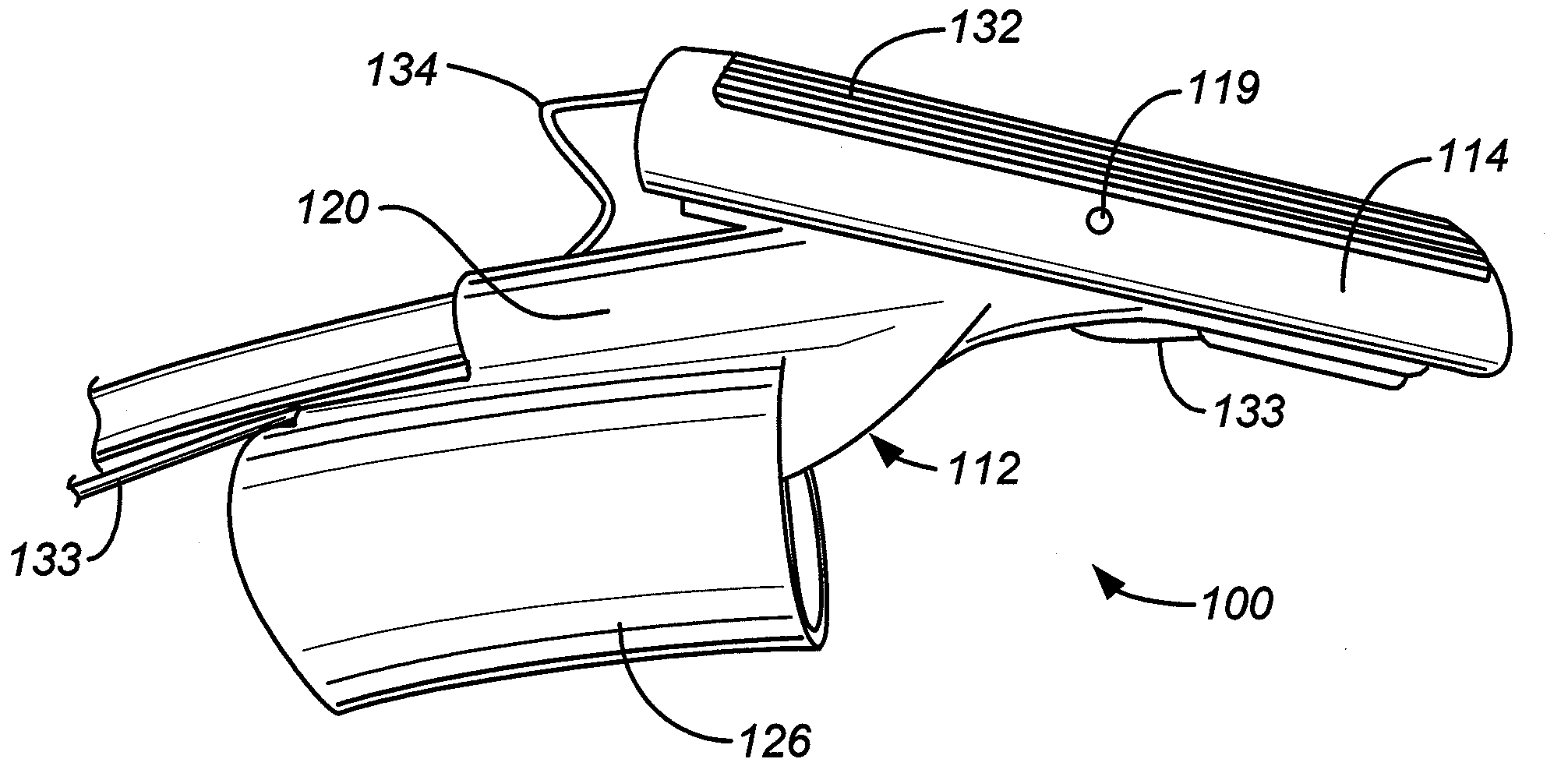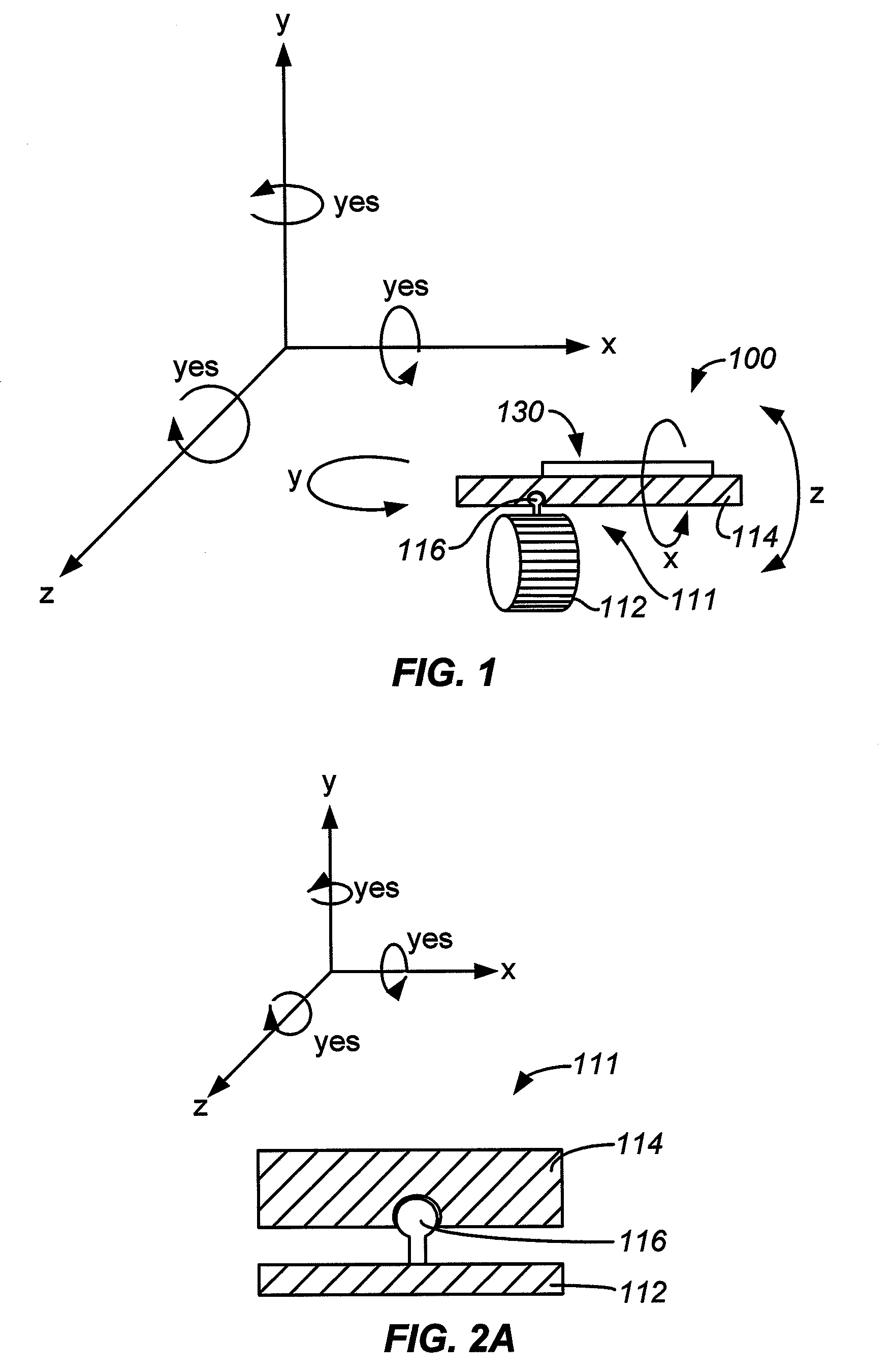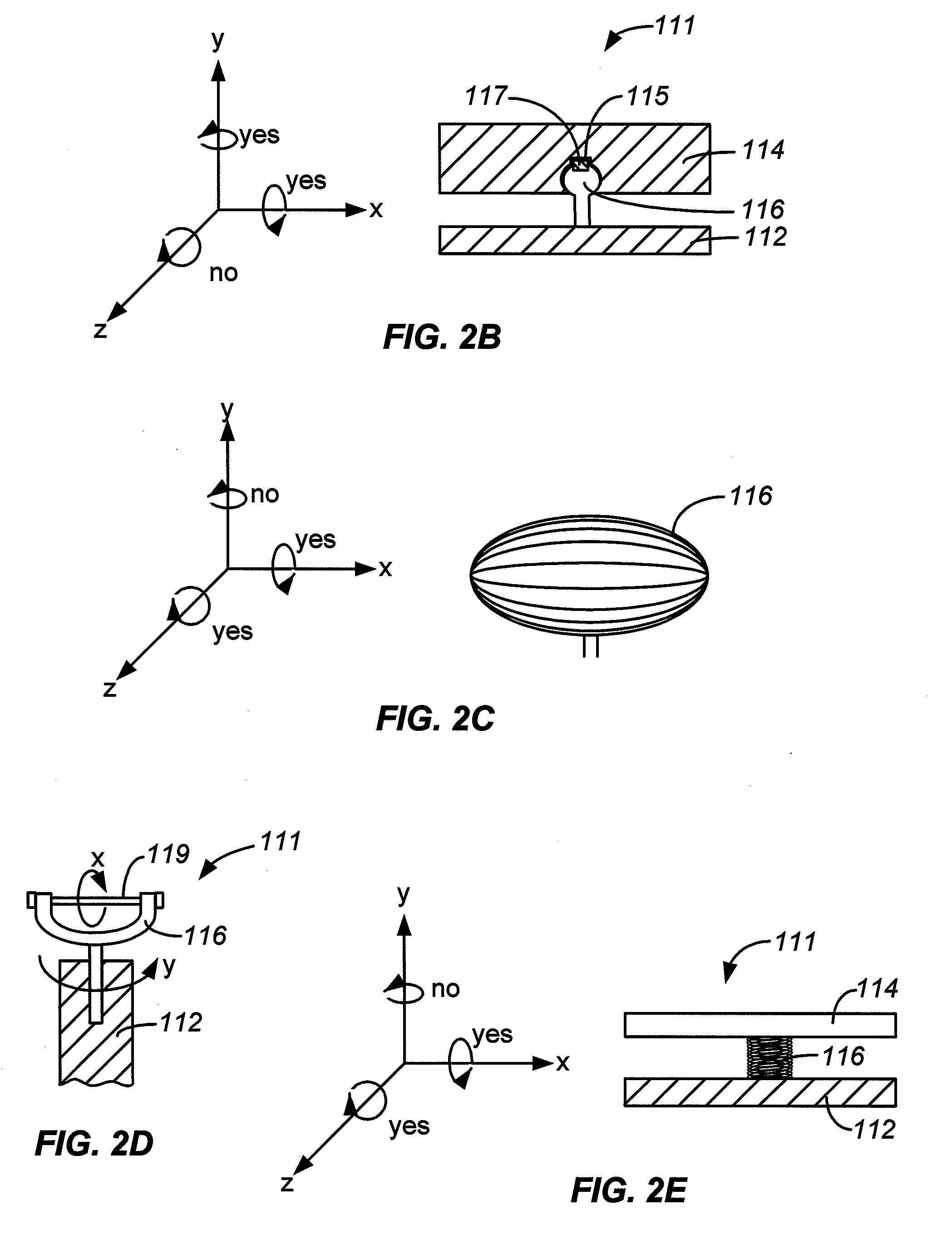Auto-aligning ablating device and method of use
a technology of auto-aligning and ablating devices, applied in medical science, surgical instruments for cooling, surgery, etc., can solve the problems of radiofrequency ablation treatment not being entirely successful, esophageal lining breakdown, inflammation, erosion or ulceration, etc., to prevent rotational movement of the ablation structure
- Summary
- Abstract
- Description
- Claims
- Application Information
AI Technical Summary
Benefits of technology
Problems solved by technology
Method used
Image
Examples
Embodiment Construction
[0044]Apparatus and methods for ablating tissue within an alimentary tract of a patient or subject, using an ablation device including a support structure adapted to support an ablation structure within the alimentary tract are provided. The support structure of the ablation device includes a longitudinal support having a longitudinal axis and a rotational support. The rotational support is adapted to permit at least a part of the ablation structure to rotate with respect to the longitudinal support's longitudinal axis. In accordance with the present invention, the ablation device is advanced into the alimentary tract. Optionally, the ablation device can be supported at the distal end of an endoscope. The ablation structure is rotationally deflectable toward a tissue surface and the ablation structure is activatable to ablate the tissue surface. Within the alimentary tract, variously sized tissue surface sites, can be selectively ablated using the apparatus and methods described her...
PUM
 Login to View More
Login to View More Abstract
Description
Claims
Application Information
 Login to View More
Login to View More - R&D
- Intellectual Property
- Life Sciences
- Materials
- Tech Scout
- Unparalleled Data Quality
- Higher Quality Content
- 60% Fewer Hallucinations
Browse by: Latest US Patents, China's latest patents, Technical Efficacy Thesaurus, Application Domain, Technology Topic, Popular Technical Reports.
© 2025 PatSnap. All rights reserved.Legal|Privacy policy|Modern Slavery Act Transparency Statement|Sitemap|About US| Contact US: help@patsnap.com



